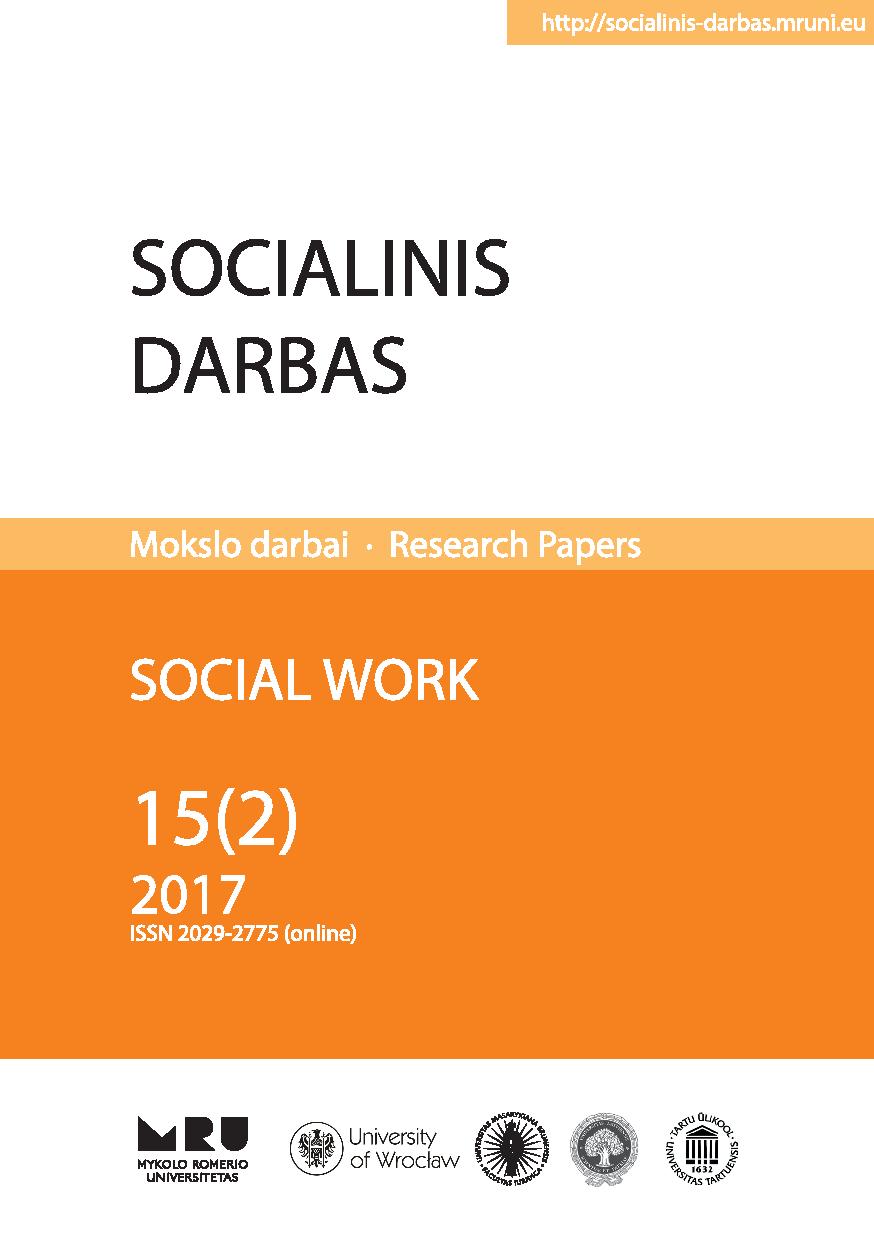ALKOHOLIO, TABAKO IR KITŲ PSICHIKĄ VEIKIANČIŲ MEDŽIAGŲ PAPLITIMAS TARP LIETUVOS AUKŠTŲJŲ MOKYKLŲ STUDENTŲ
THE PREVALENCE OF ALCOHOL, TOBACCO AND OTHER PSYCHOTROPIC SUBSTANCE AMONG THE STUDENTS OF HIGHER EDUCATION INSTITUTIONS IN LITHUANIA
Author(s): Valdonė Indrašienė, Violeta Jegelevičienė, Odeta Merfeldaitė, Asta Railienė, Irena ŽemaitaitytėSubject(s): Higher Education , Substance abuse and addiction
Published by: Mykolas Romeris University
Keywords: higher education institution; student; the use of alcohol and psychotropic substances;
Summary/Abstract: Studies in a higher education institution is a new period in the life of a young person, filled with personal as well as academic or social challenges. This period is characterised by high mental and physical activity, the ability to quickly change one’s habits and take on new models of behaviour, which can have negative consequences in the future. The research reveals that students the use of psychotropic drugs seen as a constructive (eases adaptation into the higher education institution (e.g. it is easier to strengthen interpersonal relations, face new challenges and demands); experimenting with the use of these drugs is considered normal; students intend to discontinue the use of these drugs upon finishing studies) as well as a destructive (negatively affects the results of studies and the quality of studies; long-term consequences to mental and physical health, etc.) phenomenon.An attempt is made to answer the following questions: what are the habits of use of alcohol, tobacco and other psychoactive substances among students, and what factors affect students’ alcohol, tobacco and other psychoactive substance use?In order to answer the raised questions, a quantitative analysis of a questionnaire was carried out. The aim of the research is to identify the prevalence of alcohol and psychotropic drugs among the students of higher education institutions. 1118 students of Lithuania’s higher education institutions participated in the research. Multistage sampling (a type of sampling when at each stage of the selection, applying a certain probability sampling method, the number of the sample is reasonably reduced) was used for the selection of participants.The research found that the vast majority of students began to use alcohol, tobacco and other psychoactive substances even before higher education. Less than half of the participants do smoke or have smoked cigarettes (pipes, cigars) at least once. Less popular are electronic cigarettes, which were used at least once by a third of the students. The vast majority of research participants have never used chewing tobacco (snuff). It was found that strong alcoholic beverages like vodka or brandy are unpopular among students. Meanwhile, almost three quarters of high school students use cider, beer, wine or champagne. More than half of the research participants have used liqueurs and alcoholiccocktails. Almost a fourth of the students have drunk energy drinks at least once or twice per month and drink one or two cans at once. More than every tenth student has smoked “weed”/marijuana or hashish. Other narcotic substances are not popular among students; the overwhelming majority of the students have not used them.The most significant factors influencing the students’ habits of alcohol, tobacco and other psychoactive substances use are gender, nature of work and incomes. Less significant are the place of residence at the time of study and high school type.
Journal: Socialinis darbas
- Issue Year: 15/2017
- Issue No: 2
- Page Range: 86-100
- Page Count: 15
- Language: Lithuanian

